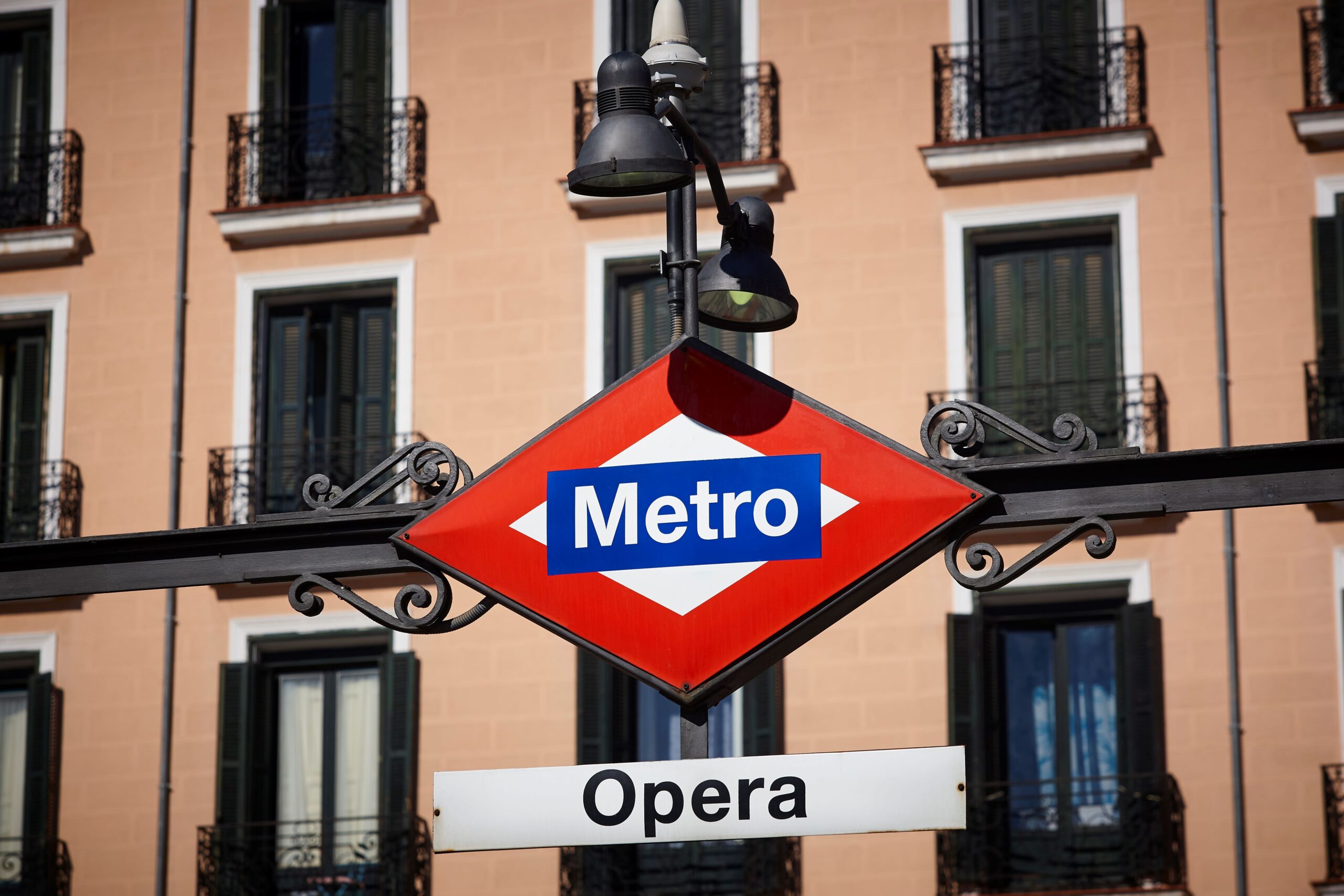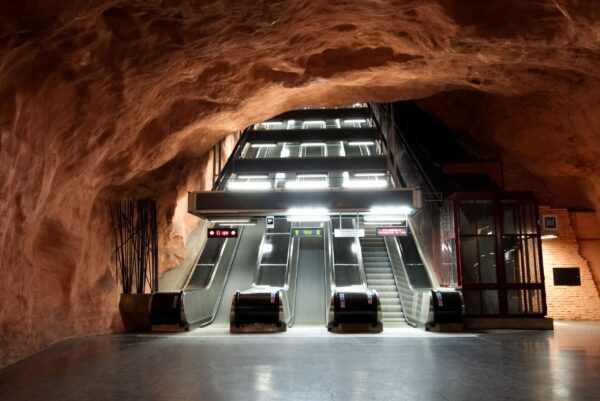En Madrid hay estaciones de metro que simplemente transportan a los pasajeros del punto A al punto B. Y hay otras en las que merece la pena bajarse, aunque solo sea para echar un vistazo. La estación de Tirso de Molina es una de ellas. No es un punto en el mapa del metro de la ciudad, sino un rincón donde se entremezclan la arquitectura, la historia y la mitología urbana.
Bienvenidos a La Latina
La estación conecta el famoso barrio de La Latina con el resto de Madrid. Y aquí, lo importante es la salida. Gira hacia la plaza de Tirso de Molina y te encontrarás en el centro de la vida madrileña, cerca de las plazas del Cascorro y de la Cebada. Gira por la calle Magdalena y ahí está, el Teatro Nuevo Apolo. Y si te diriges hacia Lavapiés, te encontrarás en la parte más colorida y multicultural de la ciudad. Tirso de Molina parece saber cómo complacer a todo el mundo.
Pocas personas saben que, antes de que se inaugurara la estación en 1921, aquí se encontraba el convento de La Merced. Y aún antes, en el siglo XVII, vivió y trabajó aquí el dramaturgo Gabriel Telles, más conocido bajo el seudónimo de Tirso de Molina. La estación recibió su nombre en 1939. Hoy, su monumento se erige en la plaza del mismo nombre, como si observara el bullicio desde arriba.
Una joya arquitectónica subterránea
Si existiera un ranking de las estaciones de metro más bonitas de Madrid, Tirso de Molina estaría sin duda entre las primeras. No es una estación cualquiera. Es una sala de exposiciones subterránea donde la arquitectura y el arte se mezclan con el ajetreo cotidiano de la ciudad.
Fue diseñada por Antonio Palacios, el mismo arquitecto que regaló a Madrid muchas obras maestras de la arquitectura y la ingeniería del siglo XX. No siguió los patrones ni las soluciones estándar. En lugar de aburridos túneles de hormigón, aquí encontramos un espacio lleno de luz y detalles. Fíjate en los detalles y comprenderás por qué esta estación se llama galería subterránea:
- Azulejos blancos como la nieve con bordes biselados que reflejan la luz y crean una sensación de amplitud incluso bajo tierra.
- Los frisos de cerámica de Toledo, decorados con motas de oro y cobre, añaden calidez y riqueza visual.
- El techo abovedado, diseñado como si no fuera una estación de metro, sino una antigua galería.
- El escudo histórico de Madrid, realizado en cerámica con brillo metálico, parece vigilar a todos los visitantes.
Por cierto, el escudo no llegó aquí por casualidad. Originalmente decoraba la estación de Cuatro Caminos, inaugurada bajo el reinado de Alfonso XIII en 1919. Más tarde se trasladó a Tirso de Molina como recuerdo de los tiempos en que el metro era un símbolo de progreso y orgullo para la ciudad.
Esta estación ofrece una oportunidad única de situarse en el Madrid de principios de siglo, una ciudad que valoraba no solo la velocidad, sino también la belleza.
Un misterio que no se puede ocultar
Es difícil de imaginar, pero cuando se construyó la estación, los obreros encontraron restos humanos. La explicación es sencilla: el monasterio solía enterrar a los monjes fallecidos en sus terrenos. Nadie sabía muy bien qué hacer con los huesos. La solución fue inesperada: los restos se emparedaron en las paredes de la estación y se cubrieron con baldosas.
Y entonces comenzó lo extraño. Los pasajeros empezaron a afirmar que oían gemidos cuando el tren pasaba por la estación. Algunos hablaban de corrientes de aire, otros de superstición. Pero la leyenda ya había nacido.
El último tren y la mujer de mirada muerta
Ahora prepárate: la historia más oscura sobre Tirso de Molina parece el argumento de una película de terror española. Según cuenta la leyenda, una joven viajaba en el último vagón. Además de ella, había una anciana y dos hombres. La anciana no le quitaba ojo. La joven se sintió alarmada.
En la siguiente estación, un desconocido entró en el vagón, se sentó a su lado y le susurró:
—No te des la vuelta. No la mires a la cara. Sal conmigo en la siguiente.
Asustada, obedeció. Solo cuando salió oyó:
—Soy médium. La mujer del vagón está muerta. Y dos hombres la sujetaban.
Por supuesto, la historia parece un susto para turistas, pero… ¿No es ese tipo de historias las que dan alma a una estación?
¿Qué esconde esta estación?
Puedes pasar por delante y no ver nada especial. Pero si te detienes, miras a tu alrededor y escuchas, Tirso de Molina empieza a hablar. Sobre cómo el teatro y la historia conviven en el metro. Cómo la cerámica puede guardar recuerdos. Cómo los fantasmas pueden no ser ficción, sino simplemente parte de la cultura de la ciudad.
Así que la próxima vez que estés en Madrid, prueba a bajarte en esta estación. No para hacer transbordo. Solo para quedarte allí, mirar a tu alrededor… y quizá escuchar algo especial.

